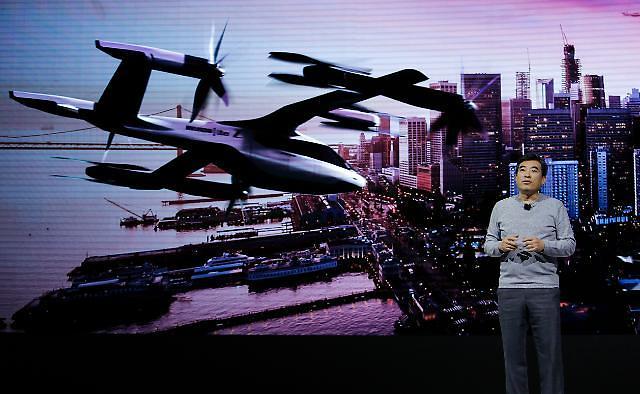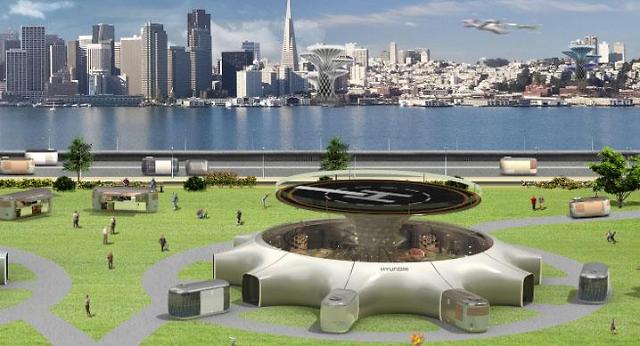
[Courtesy of Hanwha Aerospace]
Hanwha Aerospace said that it has been selected by the state-run Korea Institute of Energy Technology Evaluation and Planning to lead the development of a fuel cell system for urban air mobility (UAM), an ecosystem involving flying passenger vehicles in urban areas, in a four-year project that would cost some 21 billion won ($17 million).
The range of multi-copter drones is limited due to their relatively short battery life. Hydrogen fuel cell drones with an extended flight time could become a game-changer in the global market for unmanned flying systems.
Hanwha Aerospace showed confidence, citing its abundant development experience and advanced technology accumulated through its aircraft engine parts business. "Through the success of this project, we will secure core technologies for UAM's electric propulsion system and expand our business to small and medium-sized aircraft electric propulsion systems in the long term," an unnamed Hanwha Aerospace official said in a statement on January 3.
Hydrogen fuel cells have high energy density, which can significantly increase the operating time and distance of UAM. For aviation, fuel cells must be light and maintain stable high power during flight. Hanwha Aerospace is a sister company of Hanwha Systems, which is trying to develop an electric propulsion system for personal air vehicles as a key member of UAM Team Korea, a public-private consultative body that aims to commercialize drone taxis in 2025.
In December 2021, a consortium led by Hanwha Aerospace tied up with the state-run Korea Research Institute for Defense Technology Planning and Advancement (KRIT) to develop core technologies for a 1,000-horsepower turboshaft engine used to drive the rotary wings of helicopters. It is part of a military project to develop an unmanned compound combat rotorcraft (UCCR).
Equipped with capabilities such as vertical take-off and landing, hovering, and high-speed flights, UCCR can fly faster and longer than conventional helicopters and effectively carry out reconnaissance and attack missions. Related technologies can be used for hybrid-electric propulsion aircraft that apply a turboshaft engine to advanced air mobility (AAM). AAM's potential applications could extend beyond high-density urban centers to reach underserved communities and geographically distant regions.
Copyright ⓒ Aju Press All rights reserved.



![[FOCUS] Air taxi operation tested at airport for future transportation service to city center](https://image.ajunews.com/content/image/2021/11/12/20211112110545199417.jpg)
View more comments